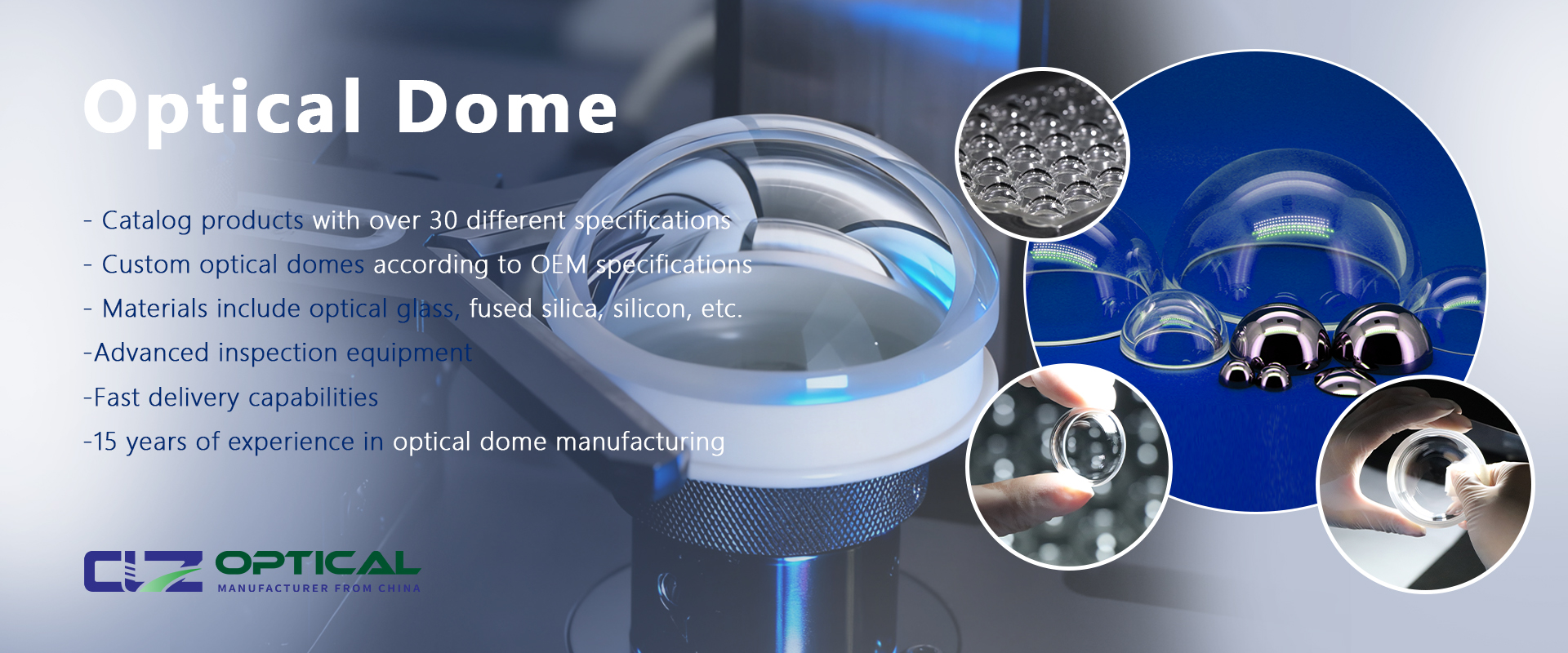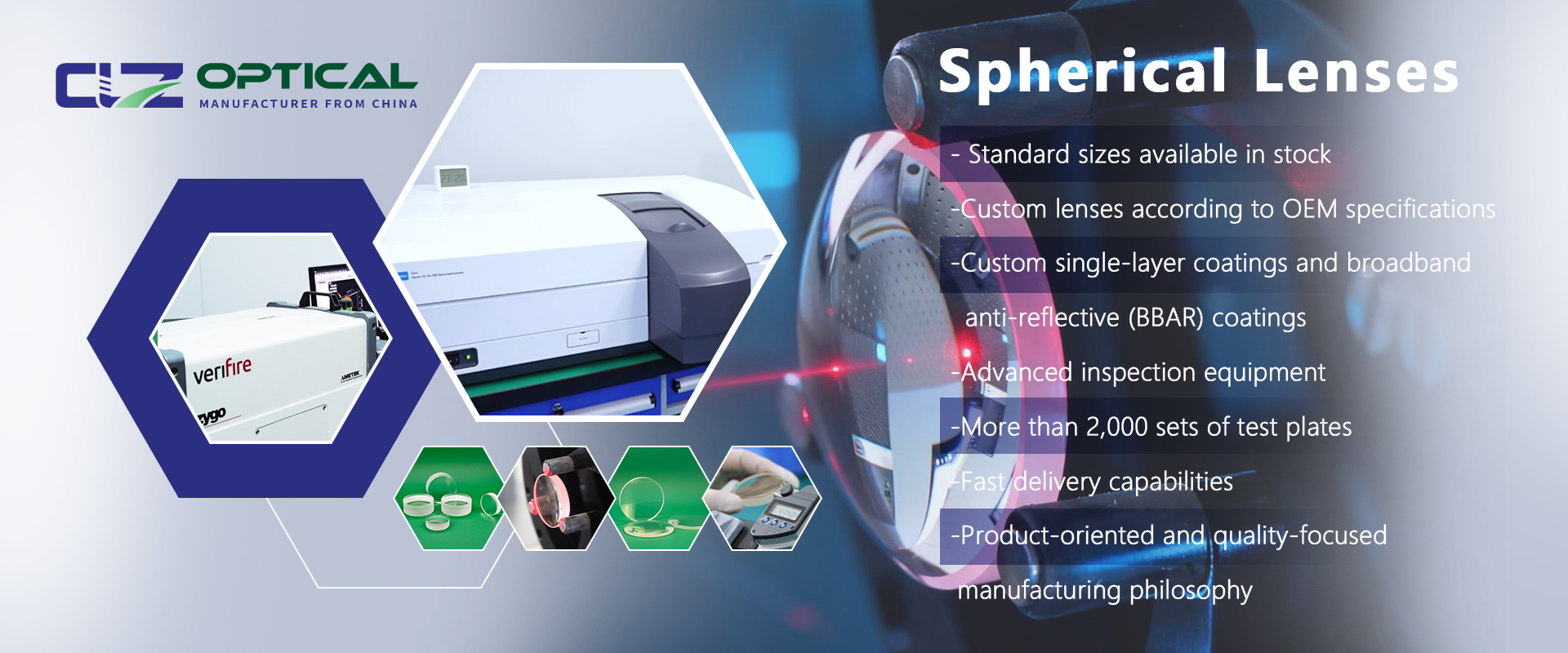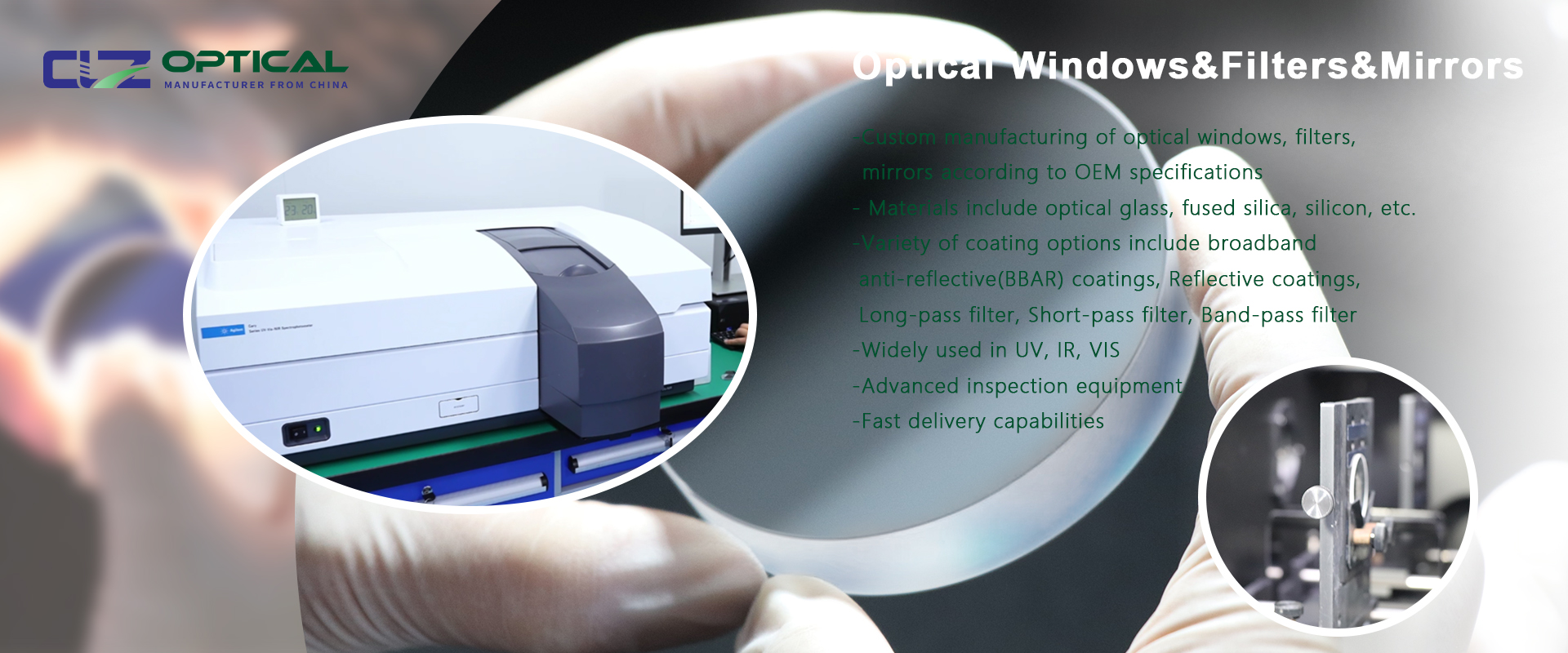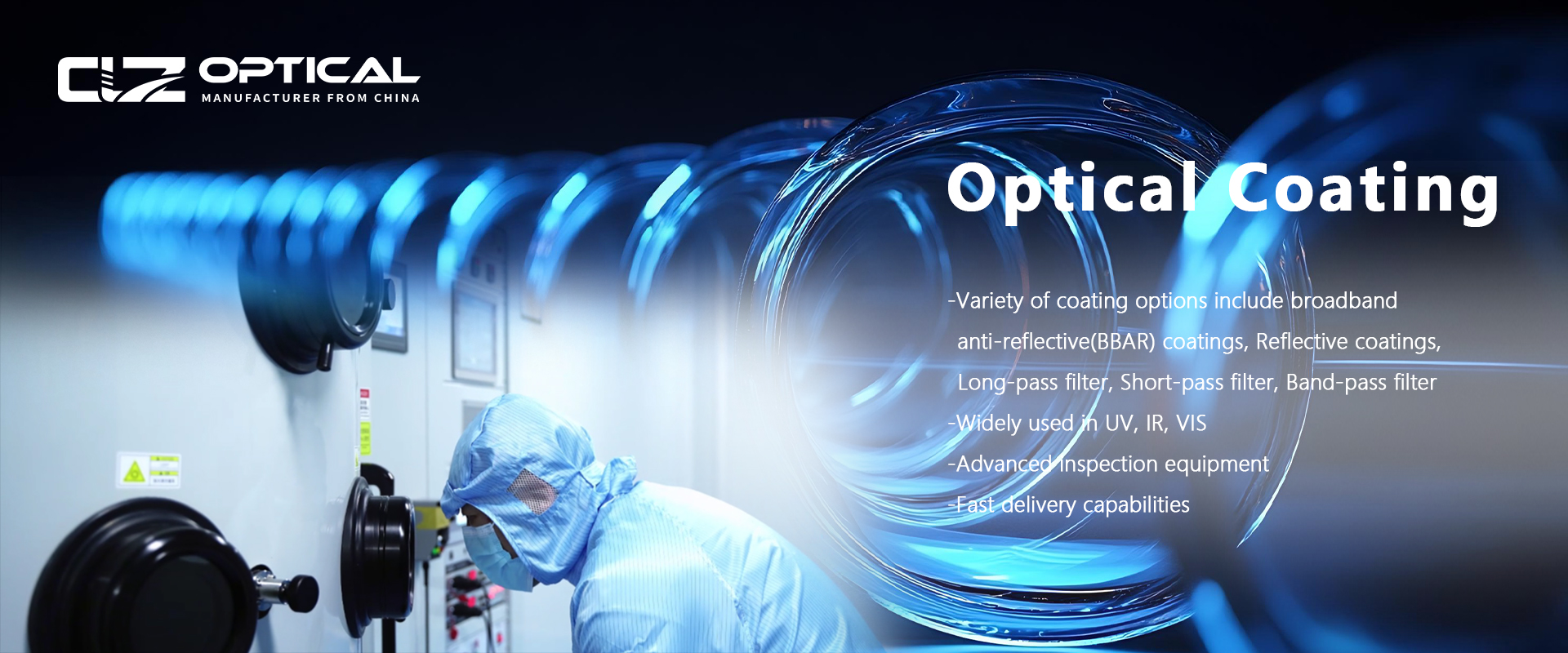Advantages and Disadvantages of Silicon Optical Lenses
Dec. 13, 2024
Silicon optical lenses have become increasingly popular in recent years, thanks to their unique properties and numerous advantages. As a leading innovator in lens technology, CLZ is committed to staying at the forefront of industry advancements. In this blog, we’ll delve into the benefits and drawbacks of silicon lenses, uncovering the reasons behind their sustained market dominance.
Advantage 1: High Refractive Index
Silicon lenses feature a significantly higher refractive index compared to traditional glass lenses. This allows them to bend and focus light more effectively, delivering sharper and clearer images. Furthermore, their high refractive index minimizes chromatic aberrations, thereby enhancing overall image quality.
Advantage 2: Lightweight and Durable
A standout feature of silicon lenses is their lightweight design. They are considerably lighter than glass lenses, making them ideal for applications where portability and reduced weight are crucial, such as mobile phones and cameras. Additionally, silicon lenses are highly durable and scratch-resistant, ensuring a longer lifespan and reducing the frequency of replacements.
Advantage 3: Temperature Stability
Silicon lenses exhibit exceptional temperature stability, making them highly reliable across a range of environments. Unlike glass lenses, which can expand or contract with temperature changes, silicon lenses are less susceptible to thermal fluctuations. This stability ensures consistent performance and dependable functionality even in extreme temperature conditions, making them an excellent choice for industries like aerospace and automotive.
While silicon lenses offer numerous benefits, they do come with certain limitations. It’s important to weigh these disadvantages carefully to determine if silicon lenses are the best fit for your specific application.
Disadvantage 1: Higher Cost
Silicon lenses can be more expensive to produce than traditional glass lenses due to their complex manufacturing process and the specialized materials required. While their initial cost is higher, this investment is often justified by their superior performance, durability, and longer lifespan.
Disadvantage 2: Lower Transparency in Infrared
Silicon lenses generally exhibit lower transparency in the infrared spectrum compared to glass lenses. This can limit their effectiveness in applications that rely heavily on infrared light, such as thermal imaging devices. However, ongoing advancements in manufacturing methods and material innovations are steadily improving the infrared transparency of silicon lenses.
Disadvantage 3: Limited Availability of Complex Designs
The unique properties of silicon can make the production of complex lens designs more challenging. While simple lens designs are widely available, creating more intricate designs often requires additional resources, expertise, and advanced manufacturing techniques. Fortunately, technological advancements are gradually addressing this limitation, expanding the variety of complex lens designs that can be produced using silicon.
Conclusion
Silicon lenses offer many advantages, including a high refractive index, lightweight and durable construction, and excellent temperature stability. However, it’s important to consider potential disadvantages such as higher costs, lower transparency in the infrared spectrum, and the limited availability of complex designs.





















